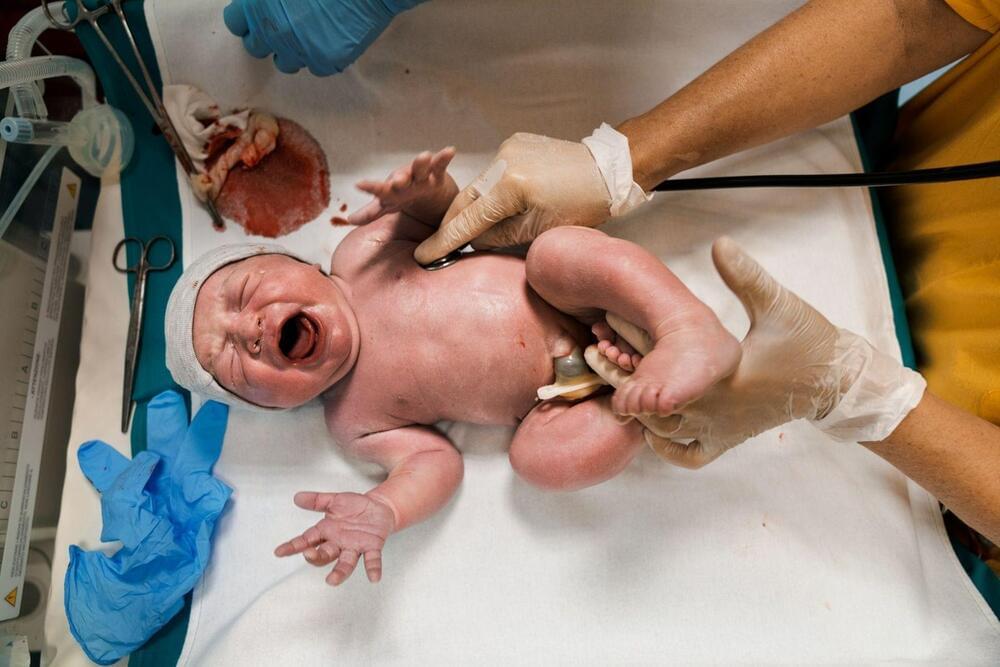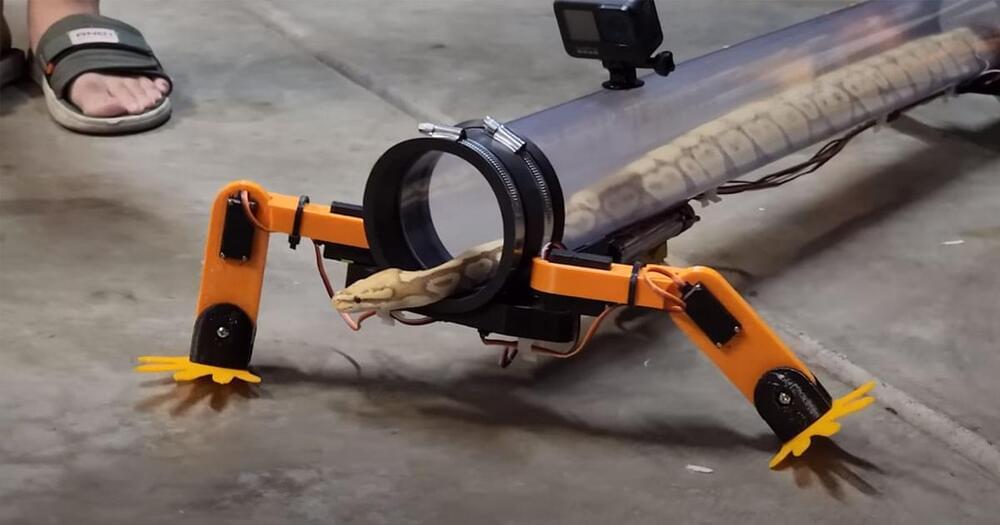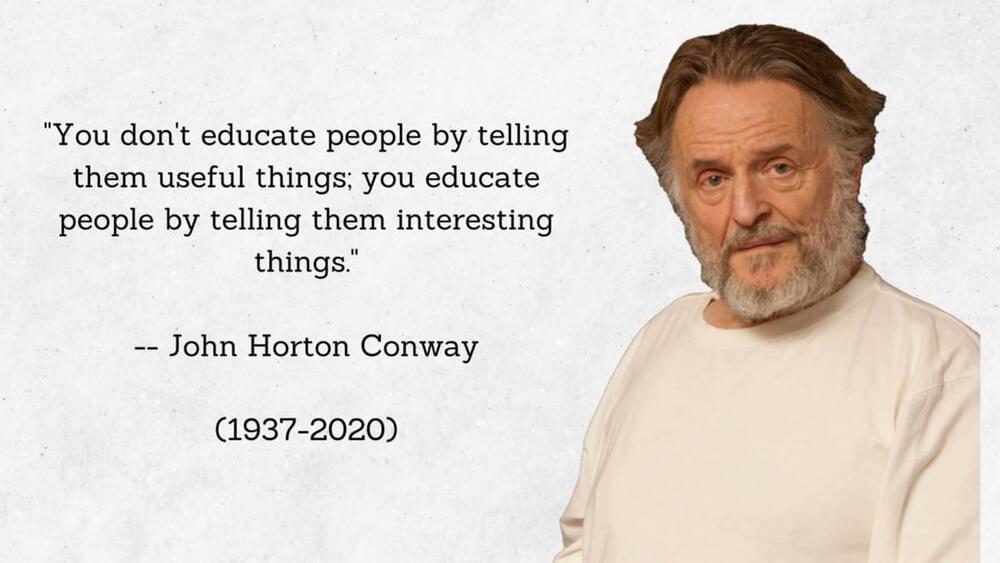Cutting-edge technologies are revealing the intricacies of human ageing and sparking research into drugs to slow it, or even reverse it.




North Korea’s infamous Lazarus Group is mimicking venture capital firms and banks to steal cryptocurrency, according to a report from cybersecurity company Kaspersky.
The state-sponsored cybercrime group, which was was behind the $625 million Axie Infinity hack in April, is creating domains that present themselves as well-known Japanese, US and Vietnamese companies.
Kaspersky said Lazarus’ BlueNoroff subgroup is using new types of malware delivery methods that bypass security warnings about downloading content. They can then “intercept large cryptocurrency transfers, changing the recipient’s address, and pushing the transfer amount to the limit, essentially draining the account in a single transaction.”



A brand-new strain of Covid — Omicron BF.7 that is causing massive hospitalizations and deaths in China — has sparked fear of a fresh wave in India. The BF7…

John Horton Conway, born on December 26th, 1937, was a brilliant mathematician known for his contributions to a diverse array of disciplines, including group theory, number theory, algebra, geometric topology, theoretical physics, and geometry. Despite being viewed as a potential candidate for the title of greatest living…


As we look back at VentureBeat’s top AI stories of the year, it’s clear that the industry’s advances — including, notably, in generative AI — are vast and powerful, but only the beginning of what is to come.
For example, OpenAI, the artificial intelligence research lab behind AI tools that exploded this year, including DALL-E 2 and ChatGPT, debuted buzzed-about advancements that drew attention from the general public as well as the tech industry. DALL-E’s text-to-image generation and ChatGPT’s new capabilities to produce high-quality, long-form content made creatives question whether they will soon be out of a job — and who owns the content these tools are creating anyway?
Meanwhile, the next iteration of advancements may not be far off for OpenAI. This fall, Ray, the machine learning technology behind OpenAI’s large-scale operations, debuted its next milestone: Ray 2.0. The update will operate as a runtime layer and is designed to simplify the building and management of large AI workloads, which will allow companies like OpenAI to make even greater strides in 2023.